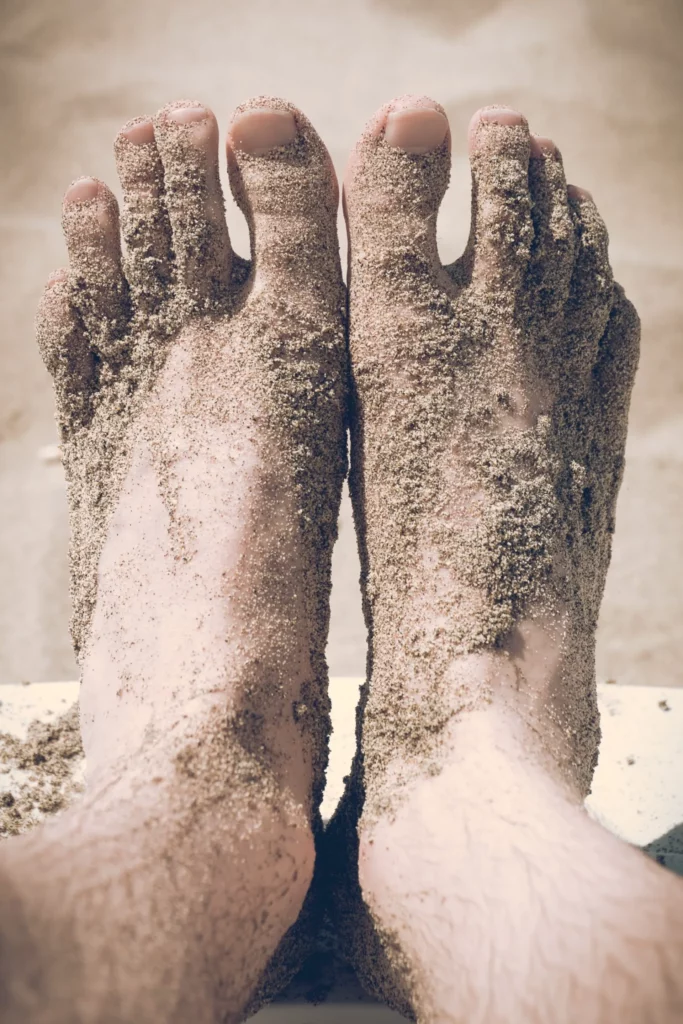A heel spur is a calcium deposit located underneath the heel that causes small pieces of bone to bulge. The pain associated with a heel spur is very similar to that of plantar fasciitis – which refers to inflammation in the plantar fascia ligament. In contrast, a heel spur is a piece of bone that forms on the heel bone itself.
Usually, heel spurs do not cause any symptoms; however, there have been cases where heel spurs are correlated with chronic pain. Although, believe it or not, the root of the pain is not commonly the heel spur itself, but, instead, the inflammation or irritation of the plantar fascia ligament. Tenderness is most common in the morning when you first wake up but usually eases throughout the day once the ligaments have loosened.
What causes heel spurs?
More often than not, heel spurs will go unnoticed; they take months to develop and are usually the result of too much stress or pressure on the ligaments in your foot. You may also find they will appear due to repetitive tearing of the membrane that covers the heel bone.
Other significant factors include:
- Mechanical defects that cause gait abnormalities.
- Tight calf muscles that limit ankle flexibility.
- Being overweight or obese.
- Poor shoe choices.
- Activities that demand extended time on your feet.
What are the treatment options?
Heel spurs are commonly diagnosed via x-ray, usually when your doctor is looking for something else! If your heel pain has been a persistent problem for more than a month, you should consult a podiatrist.
Unfortunately, heel spurs do not respond well to rest. If you walk after a good night’s sleep, you may find that the pain is a great deal worse as the plantar fascia suddenly elongates, which stretches and pulls on the heel. The pain usually decreases with more exercise you participate in.
The following methods can assist with heel spurs:
- Various stretching exercises.
- Shoe replacement.
- Custom orthotics.
- Padding.
- Physical therapy.
Anti-inflammatory methods and injections are sometimes recommended for worse cases. This type of medication reduces pain and inflammation.
If you feel you may be suffering with a heel spur, it’s best to get checked out by a podiatrist at your first convenience, it could be confused as plantar fasciitis and cause more pain and problems the longer you leave it. To book an appointment with us here at City Chiropody, give us a call or use our contact system.
